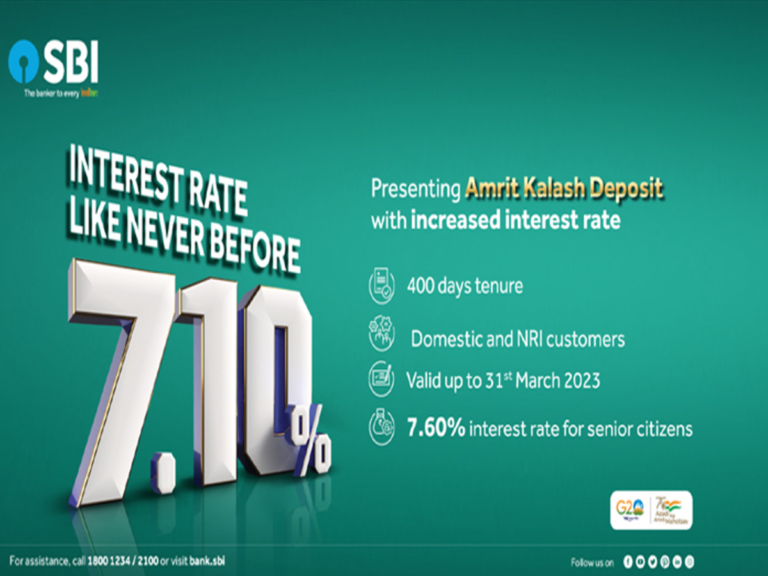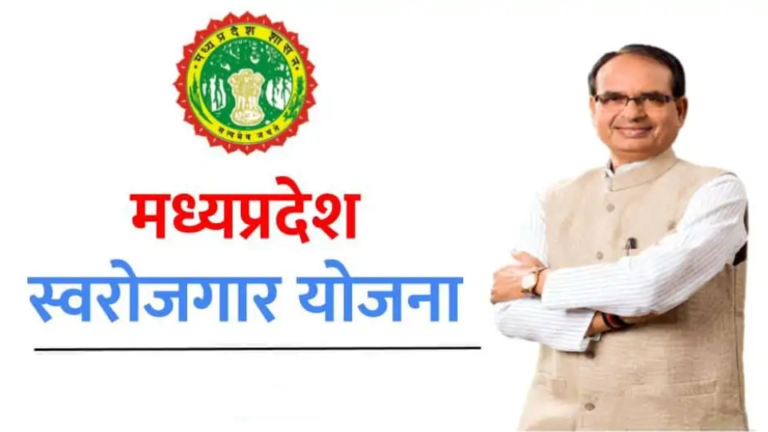UPI vs Debit Card: Has Debit Card Usage Declined? Check the Stats

In recent years, India has witnessed a monumental shift in its payment landscape. The advent of the Unified Payment Interface (UPI) has transformed how transactions are conducted across the nation. A closer inspection of the Reserve Bank of India’s (RBI) data unveils a notable trend: as UPI transactions soar, there’s a palpable decline in the use of traditional debit cards.
Also Read: What is the Last Date to File GST Annual Return?
Contents
Has Debit Card Usage Declined? Let’s Check the Stats
The latest statistics from the RBI reveal a staggering 46% year-on-year surge in UPI transactions in November. However, in stark contrast, the data indicates a significant contraction of 6.6% year-on-year in debit card transactions, particularly noticeable in October.
Transaction Volume and Value Disparity
Delving into the numbers, UPI transactions settled at an impressive ₹17 lakh in November, significantly eclipsing the volume and value of debit card transactions, which accounted for only a third of the UPI figures.
Why do People prefer UPI over Debit Cards?
Shift in Consumer Behavior
The meteoric rise of UPI transactions owes much to the changing preferences of consumers. The convenience of using smartphones for payments over the conventional method of swiping a debit card has been a pivotal factor. Atish Shelar, the COO of Tech Fini, a prominent financial software provider, emphasized the rapid evolution of digital payment landscapes.
Shelar highlighted the burgeoning popularity of mobile wallets, contactless payments, and online platforms as the primary influencers in this shift. According to Shelar, the data speaks volumes, with 114 billion digital payments recorded in India during the financial year 2023. Out of this, a notable 52% of households embraced the UPI platform, while a mere 38% resorted to debit or credit cards for online shopping.
Factors Behind the Transition
Several factors have contributed to this transformative phase in India’s payment ecosystem. Security concerns, shifting consumer preferences, and the emergence of fintech innovations have played instrumental roles. Particularly noteworthy is the ease and convenience UPI offers for microtransactions, further diminishing the relevance of debit cards.
Moreover, the acceptance and adoption of UPI in semi-urban and rural areas have witnessed an unprecedented surge. Transactions in retail stores from these regions have witnessed a monumental increase of 118% in volume and 106% in value.
Will the trend continue in 2024?
Despite substantial issuance, especially following initiatives like the Pradhan Mantri Jan Dhan Yojana (PMJDY), which provided account holders with debit cards, the growth trajectory of their usage has remained stagnant. In contrast, credit card usage has experienced an upward trajectory, potentially attributed to attractive rewards, cashback, and discounts.
Considering the current momentum, experts project a continuation of this trend into 2024. Factors such as convenience, security, and incentives offered by UPI and credit cards are likely to propel users further away from traditional debit card usage.
In conclusion, the substantial evolution in India’s payment landscape, driven by changing consumer preferences, technological advancements, and the inherent convenience of UPI, suggests a definitive decline in debit card usage. The data indeed points toward a future where UPI’s dominance might persist, marking a paradigm shift in the country’s payment ecosystem.





